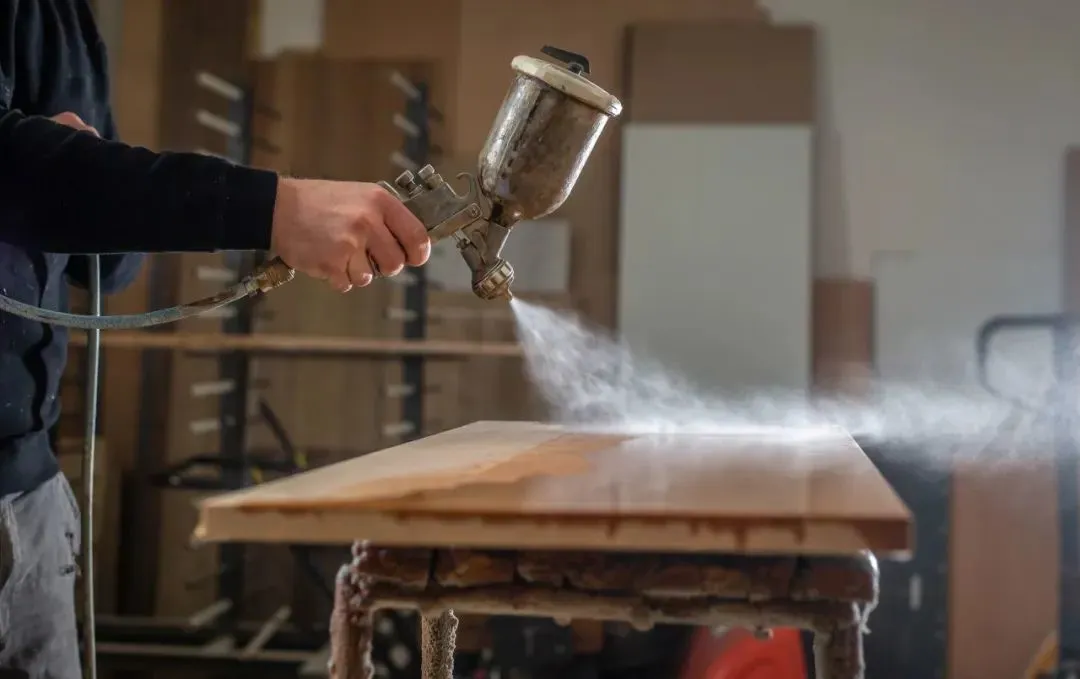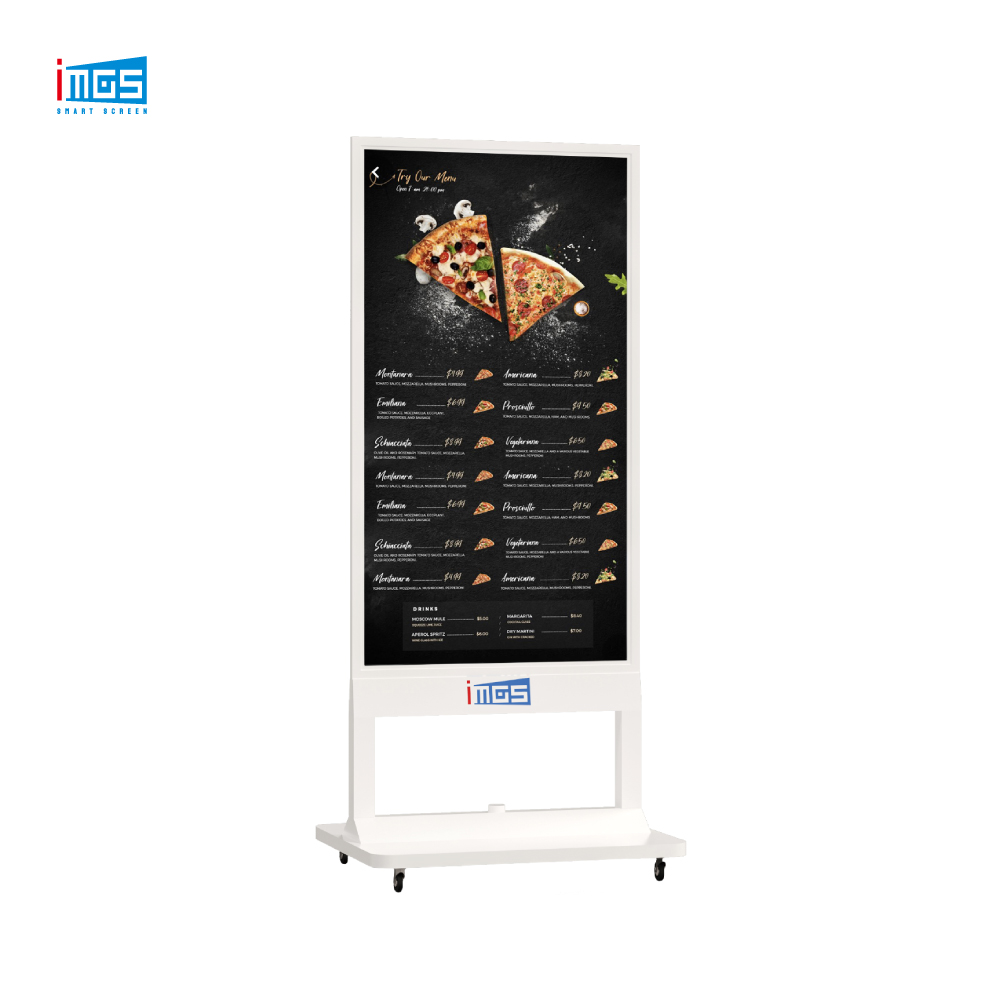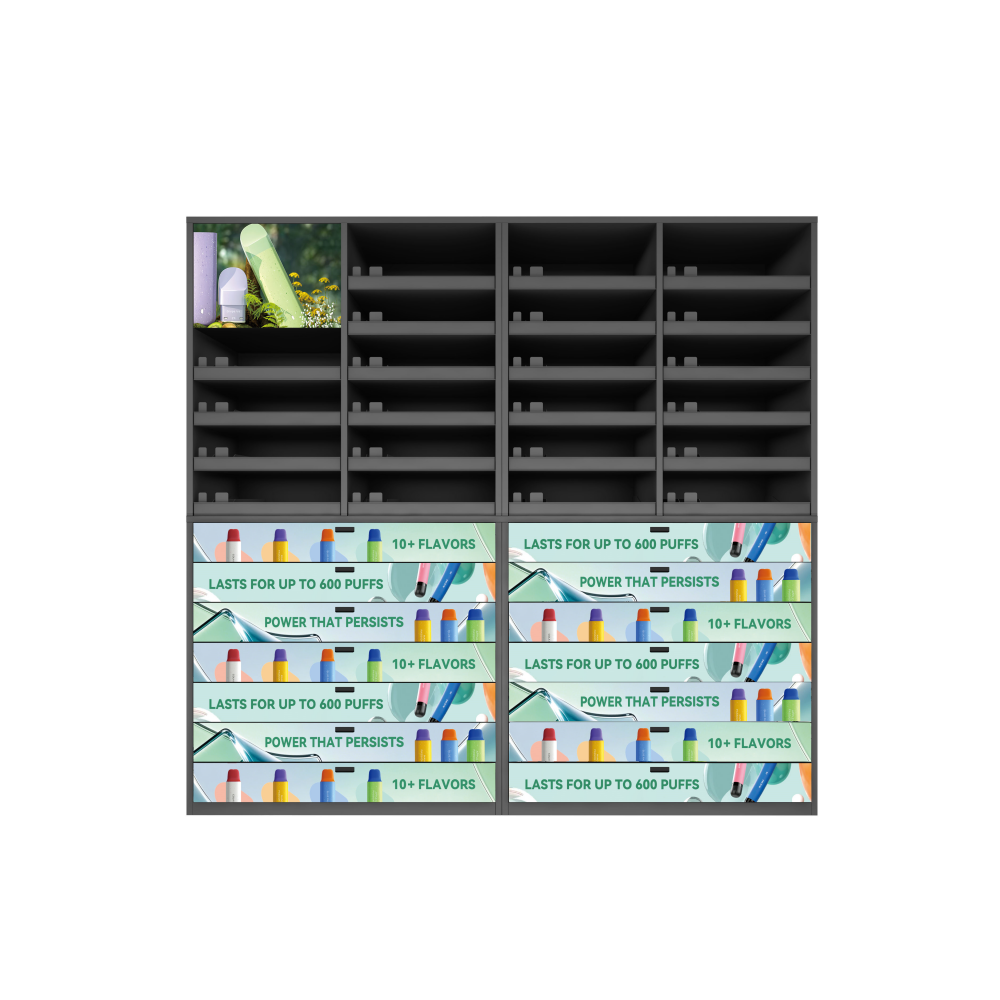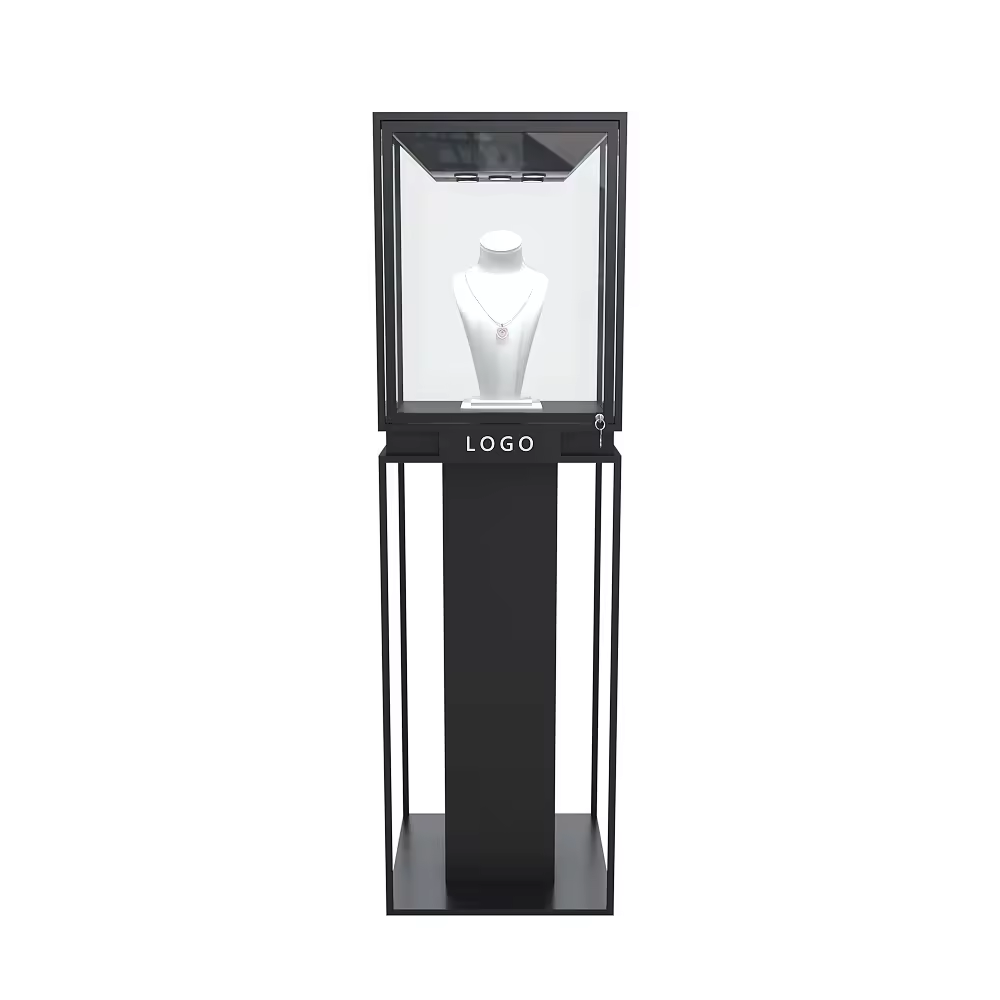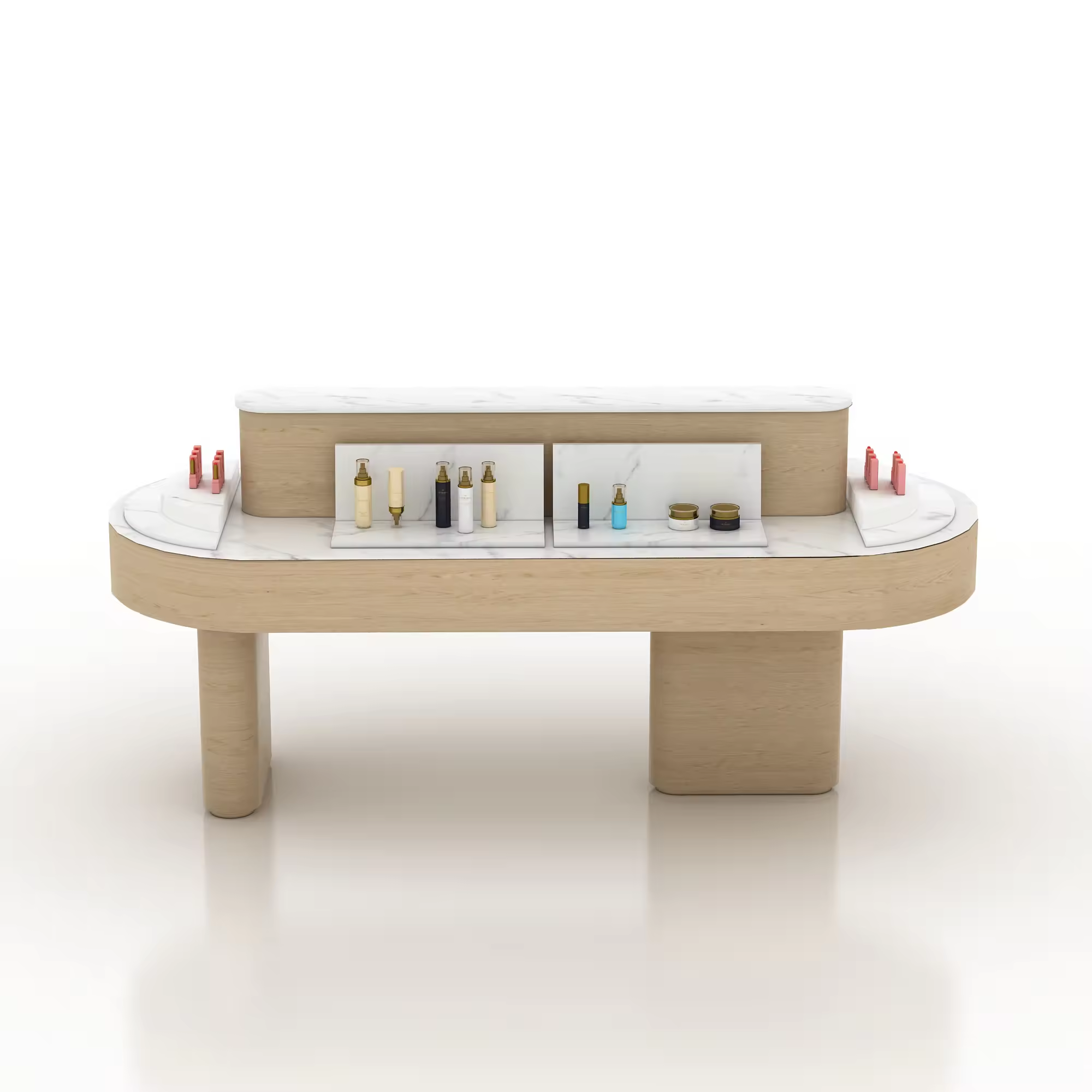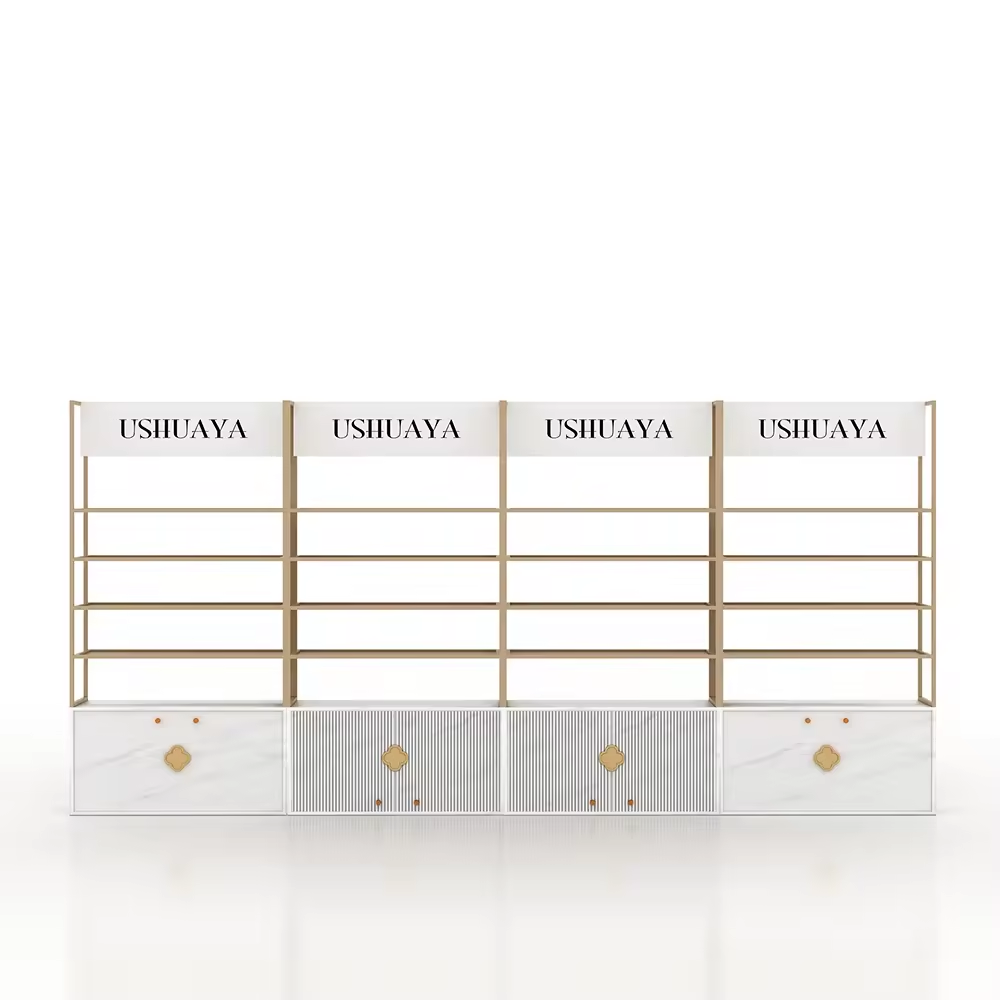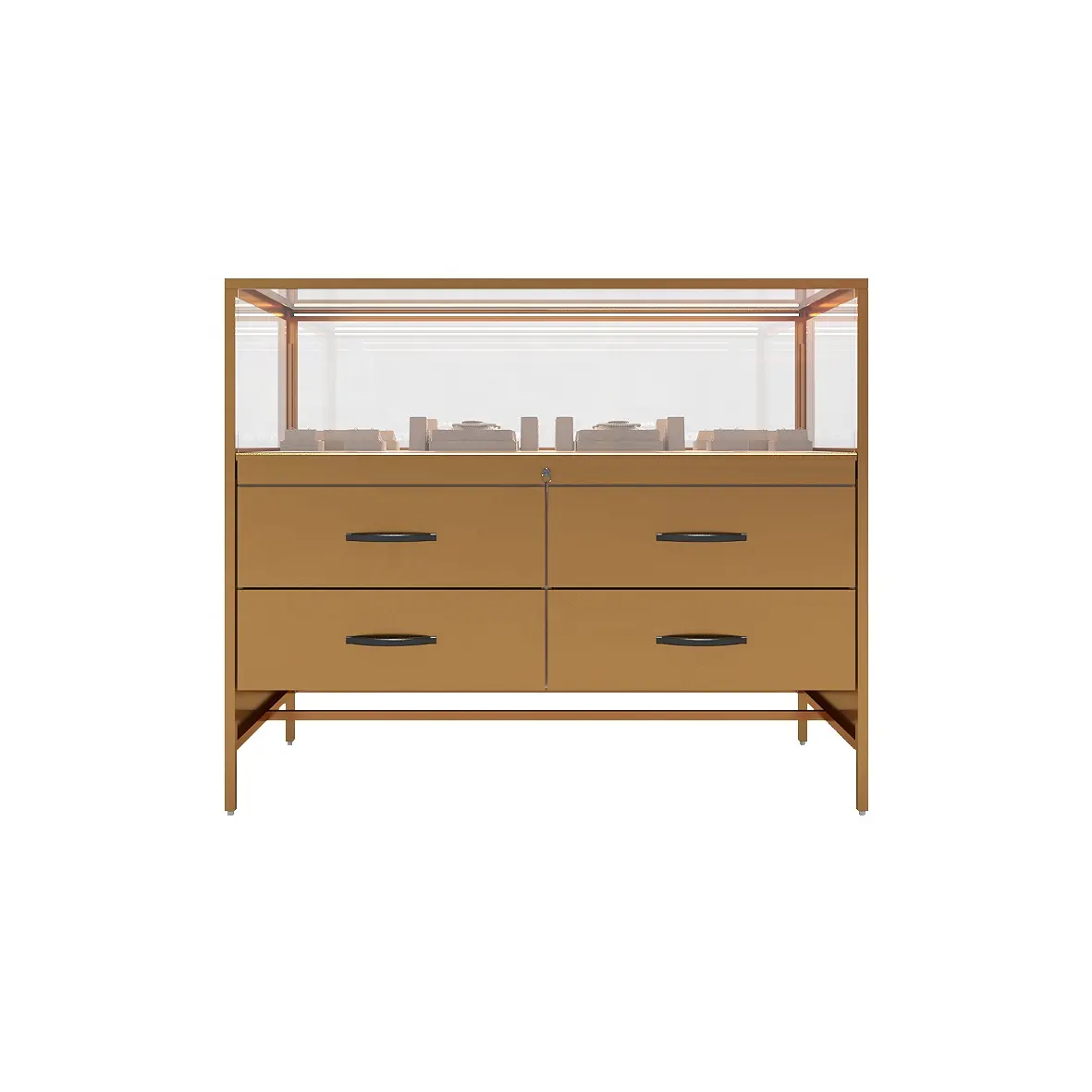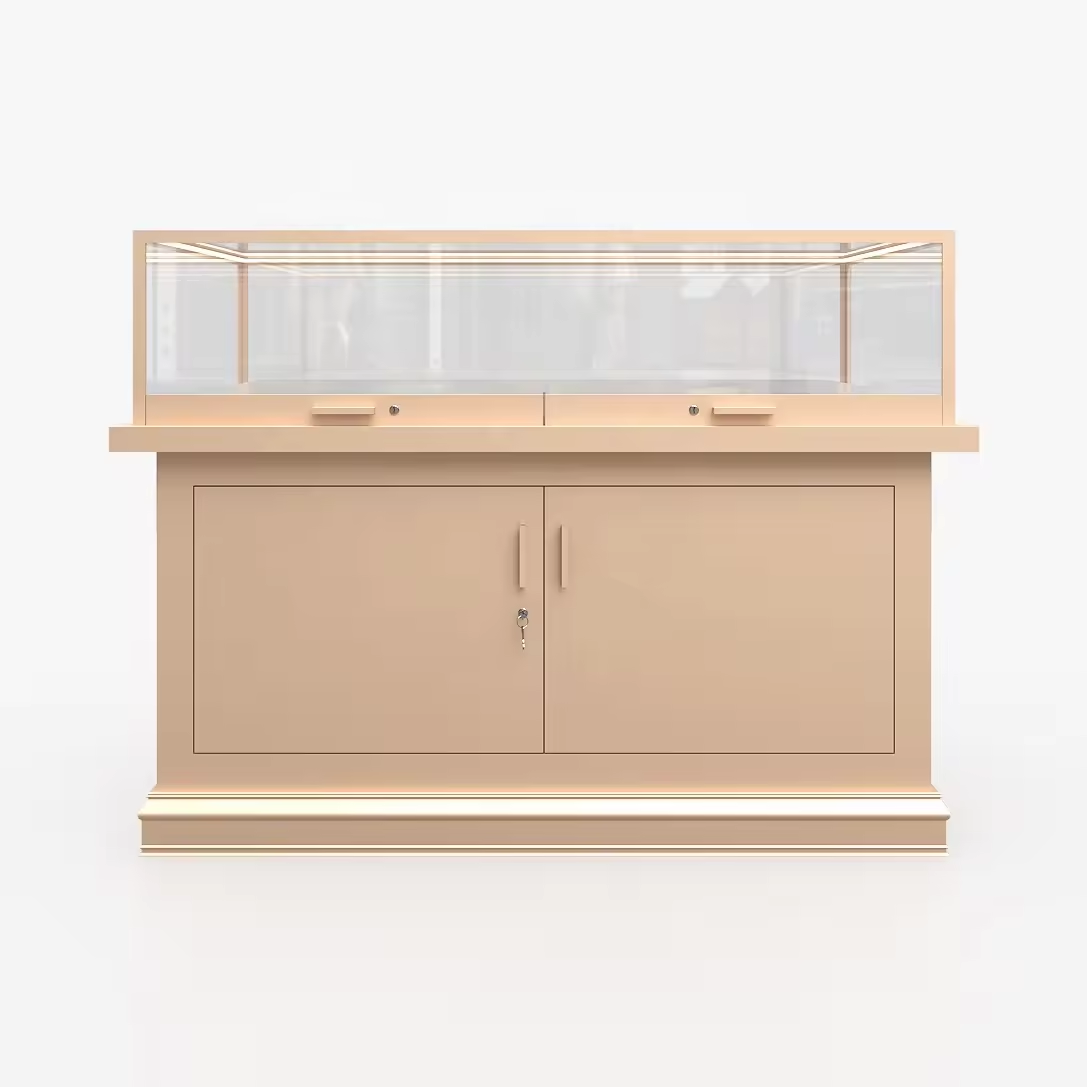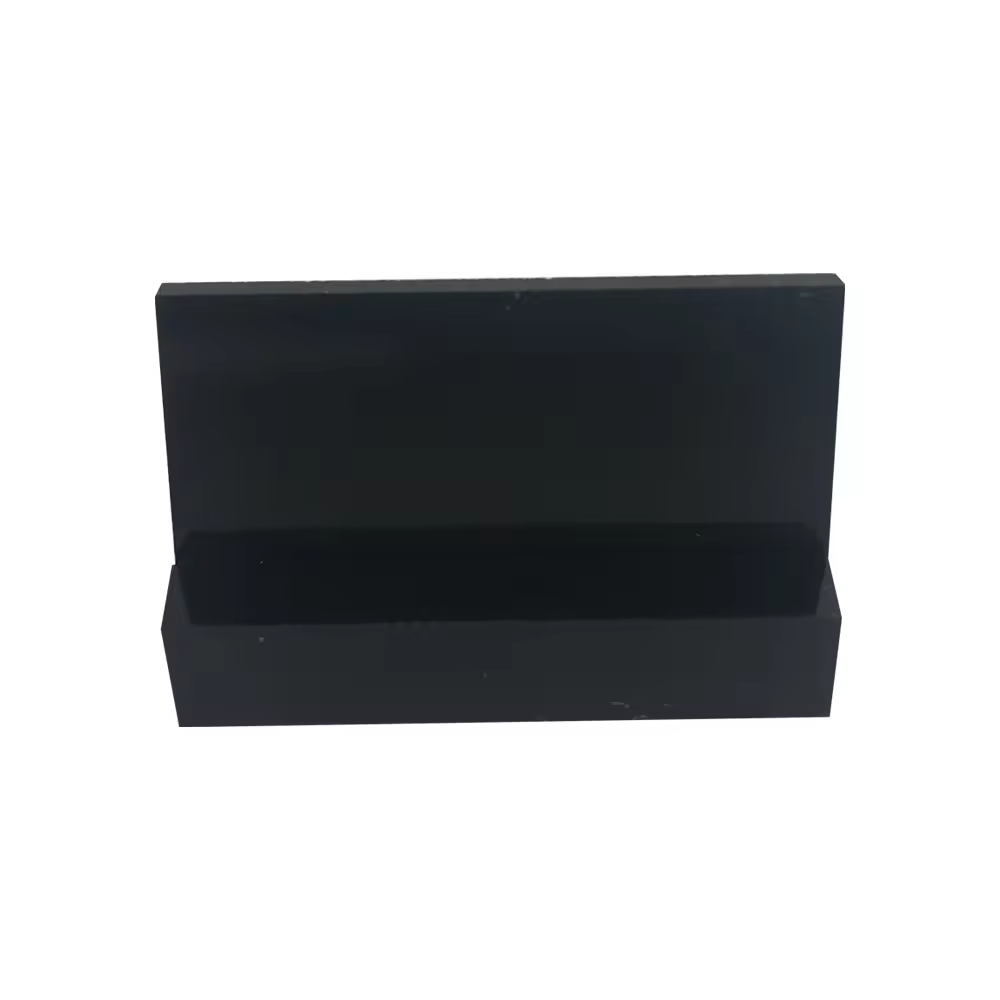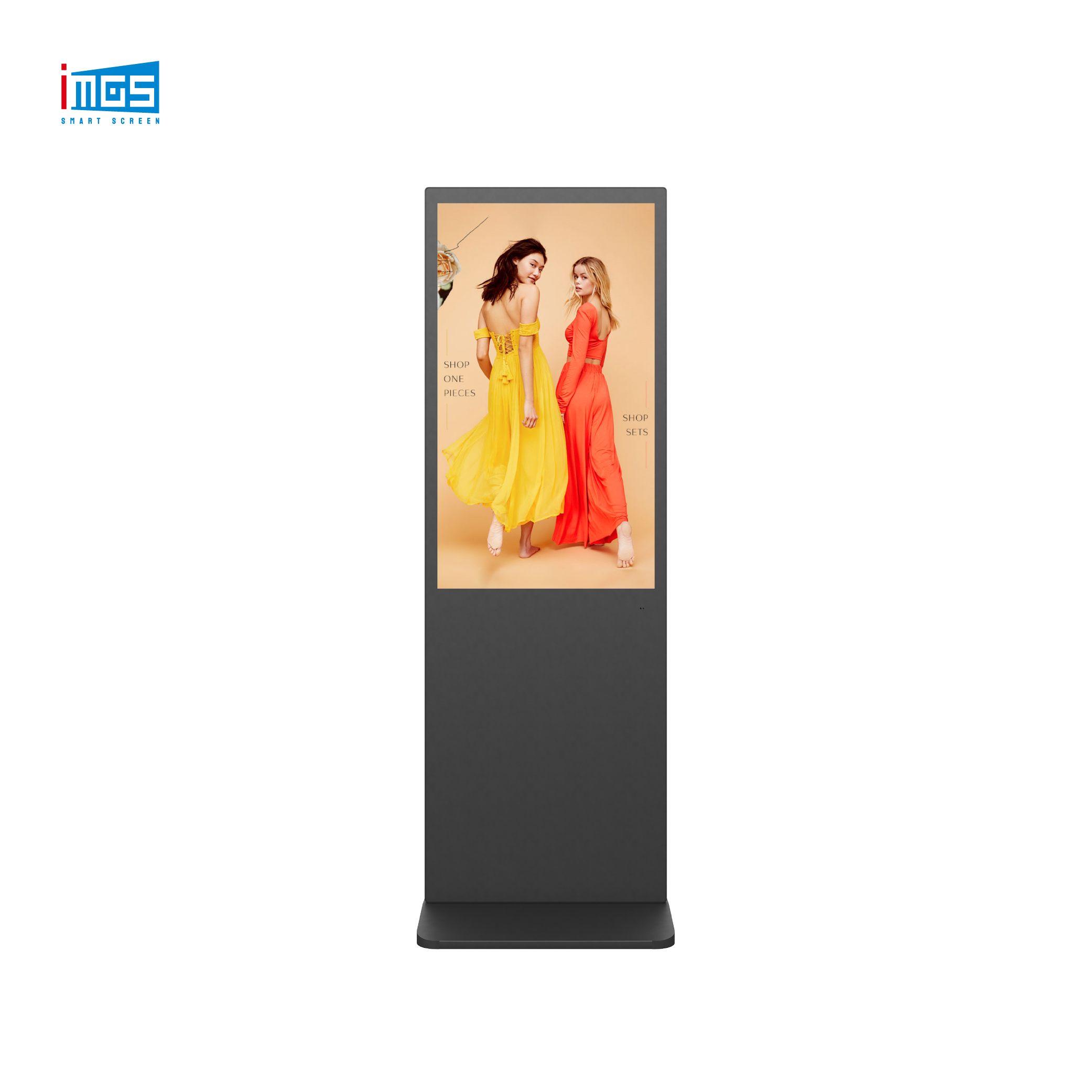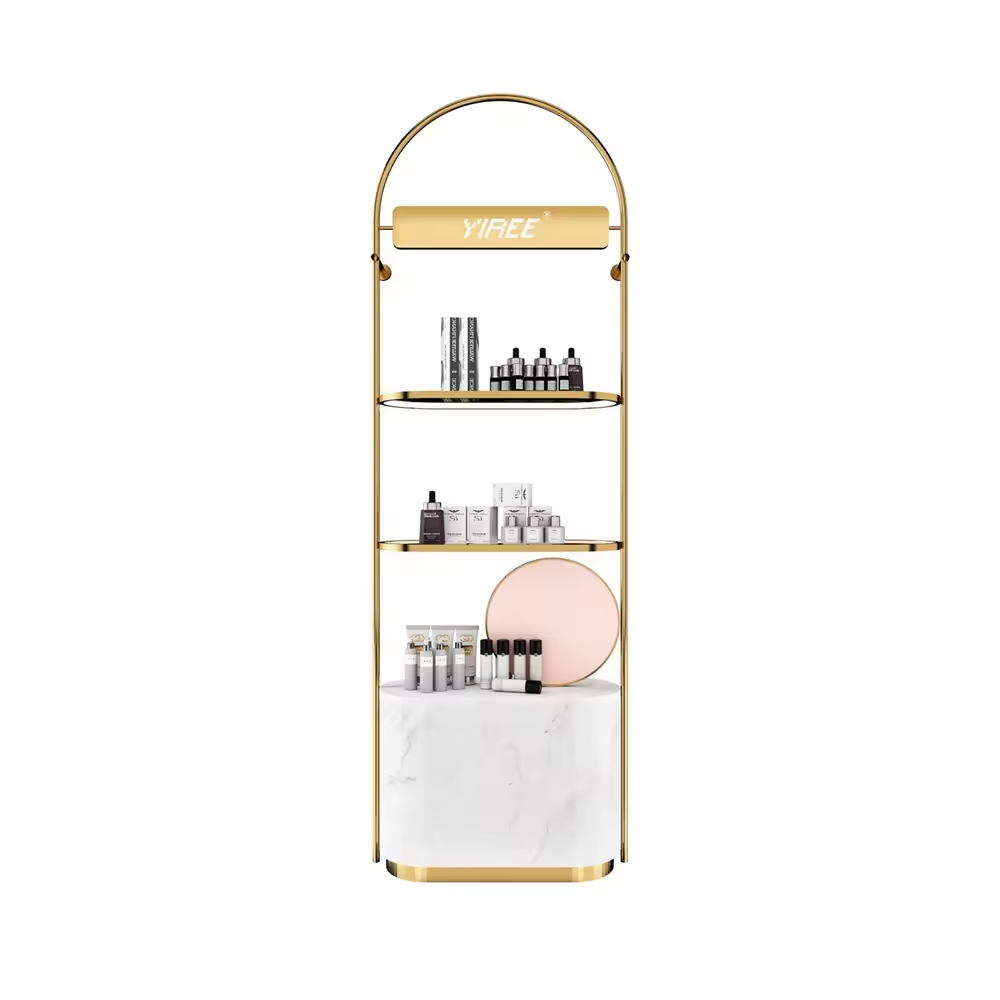Why wood products should be painted
For many wooden products, the painting process is an indispensable process, which also raises the question: why add a coat to a wooden product that is available from the material? Simply put, protection is one of the main reasons for painting wooden products.
As we all know, when wooden panels are exposed to the atmosphere for a long time, by oxygen, moisture and other erosion, will cause wood decay. The lacquering process is equivalent to putting a layer of ‘armour’ on wood products.
After painting, the paint can seal the surface of the wood, which can not only prevent the external moisture from quickly penetrating into the wood, but also prevent the internal moisture from evaporating too much, to ensure that the wood is not deformed.
In addition to the protective effect, the paint layer can also play a decorative embellishment of the product itself.
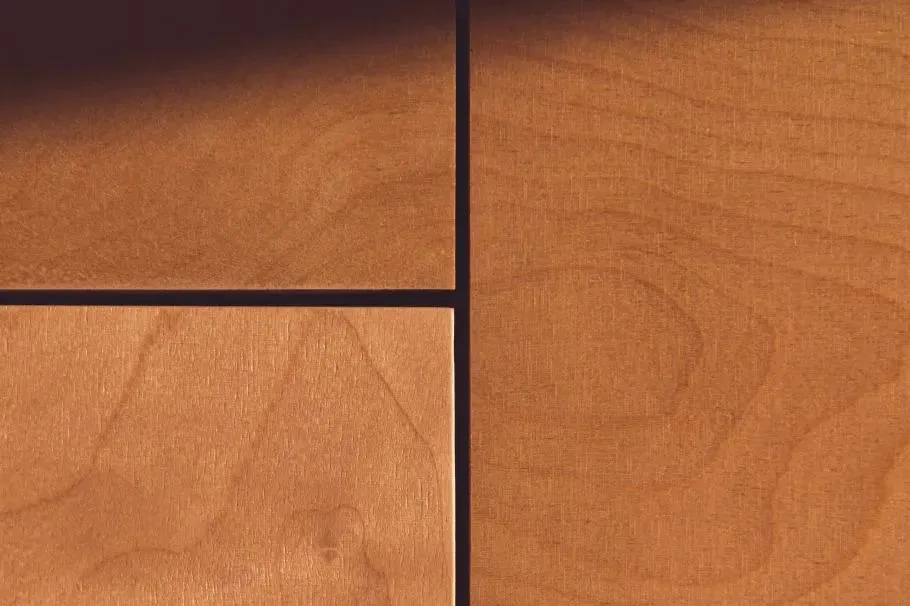
On the one hand, wooden panels will become discoloured under oxidation if they are directly exposed to the air, whereas painted wood will always maintain its fresh wood colour and highlight the texture of the wood grain if it is not in direct contact with the air.
On the other hand, paint can hide the lack of texture on the surface of wood panels, while making the surface more lustrous. Alternatively, attaching a lacquer effect with wood grain, matte, colour, etc. to the surface of man-made panels can make the appearance of the texture more delicate and natural.
In addition, due to the existence of pores in the structure of wood-based panels (especially solid wood), no matter how fine the surface sanding, it is impossible to seal the pores of the fibre tubes, which are often prone to hide dirt.
After painting, the fibre tubes of wood panels are sealed and filled, the surface becomes more delicate, and cleaning and maintenance is easier.
Evolutionary history of wood finishes
Lacquer has a very long history, dating back 7,000 years. In ancient times, the properties of lacquer were often exploited and blended into a variety of colours, which were used to coat the surfaces of wood, ceramics, lacquerware and other materials with coloured lacquer.
The original lacquer used in lacquerware was a natural resin paint, also known as lacquer, made from the latex extracted from the bark of the lacquer tree. From ancient times to the present, lacquer has been used everywhere, from architecture and furniture to food utensils, musical instruments and recreational equipment.
Lacquer has excellent performance, the film is hard and glossy, both moisture, corrosion, acid, heat and other functions, but the production is extremely limited, there is a saying: a hundred miles and a thousand knives a catty lacquer.
Therefore, the ancients found tung oil, which was easier and cheaper to obtain than lacquer, so it was often mixed with tung oil (or other dry oils) in the lacquer, and the oil and lacquer were mixed to make the best use of each other's strengths and weaknesses, thus forming the customary name of ‘lacquer’, which has been passed down since then.
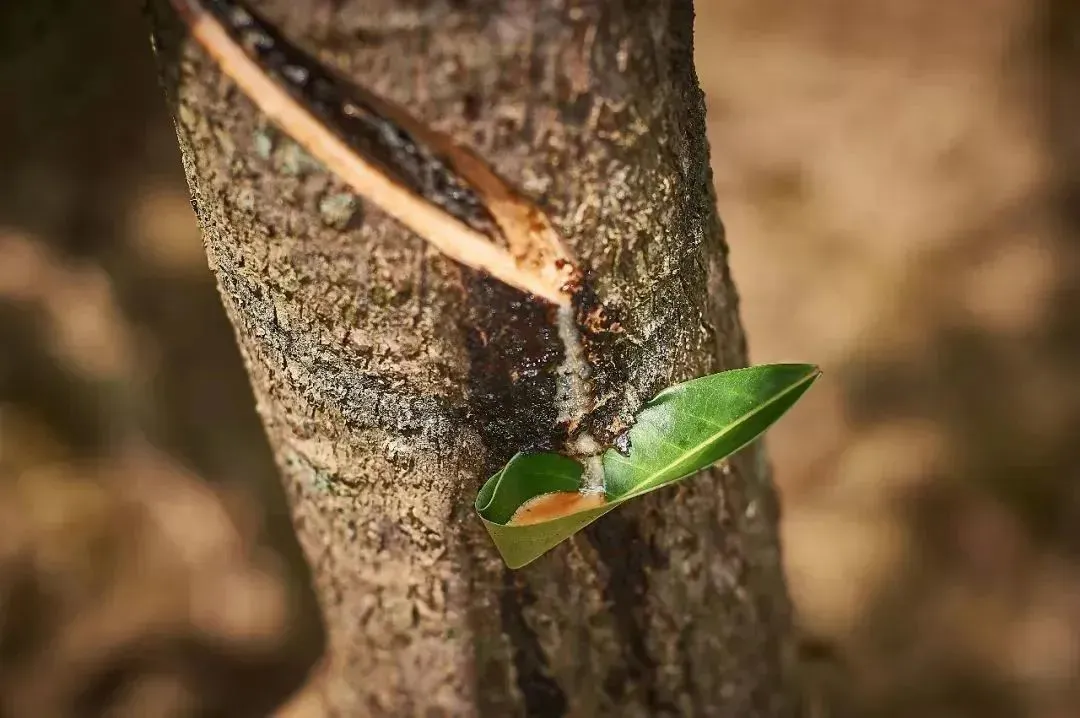
After the 18th century, paint began to make use of a wide range of natural substances, using new processing technology, paint varieties continue to increase, and began to form an industrial production system.
In the 20th century, polymer compounds were successfully developed and put into production, and paints with greater adhesion, higher gloss, flame retardancy, corrosion resistance and high thermal stability emerged.
Today, the common types of wood paint is mainly divided into oil-based paint (water-based polyvinyl chloride paint, nano wood paint) and water-based paint (nitro paint, polyurethane cool paint, wood wax oil) two major categories.
The biggest advantage of oil-based paint is wear-resistant, scratch-resistant, long life, while the disadvantage is poor environmental protection. And water-based paint, features just the opposite of oil-based paint, high environmental protection, but not wear-resistant and scratch-resistant.
It can be said that these two different types of paint, is standing on the opposite side of each other's existence, respectively, endowed with different characteristics of the surface of wood products.
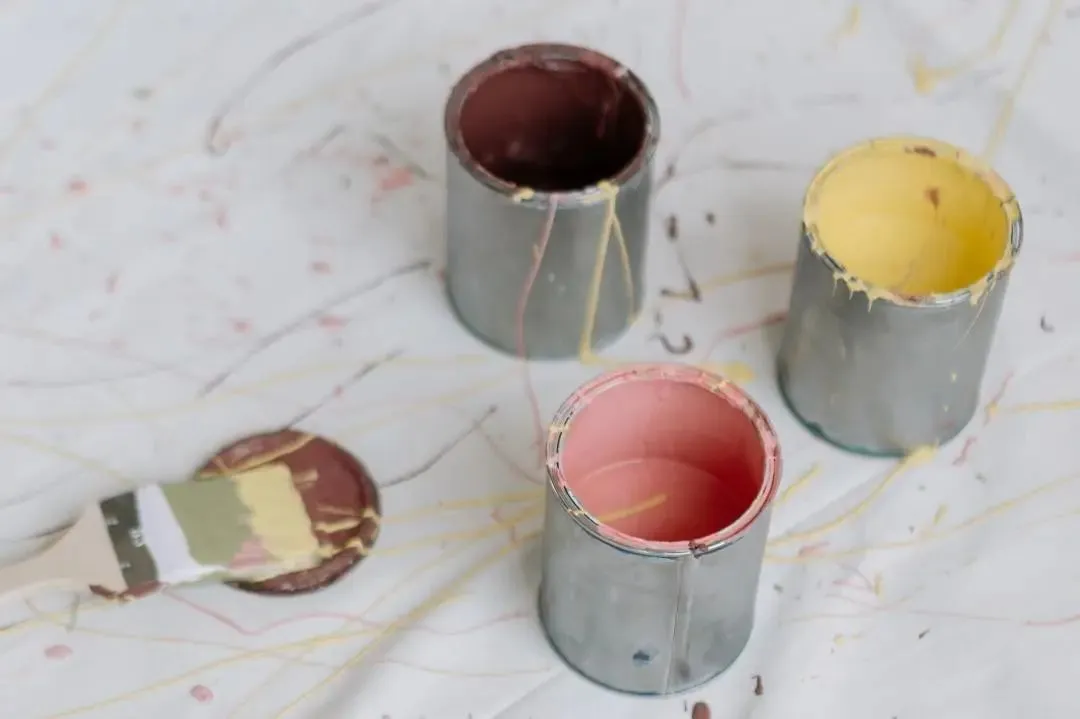
From brushes to robots
For wood products, in addition to the properties of the paint itself, the method of application is also very important, which directly affects the strength and durability of the finish.
At present, there are many ways to apply paint evenly to the surface of wood products, the common ones are hand finishing and air spraying.
Hand finishing is the use of brushes, rollers and other tools dipped in paint, brushing on the surface of wooden panels to form a uniform coating.
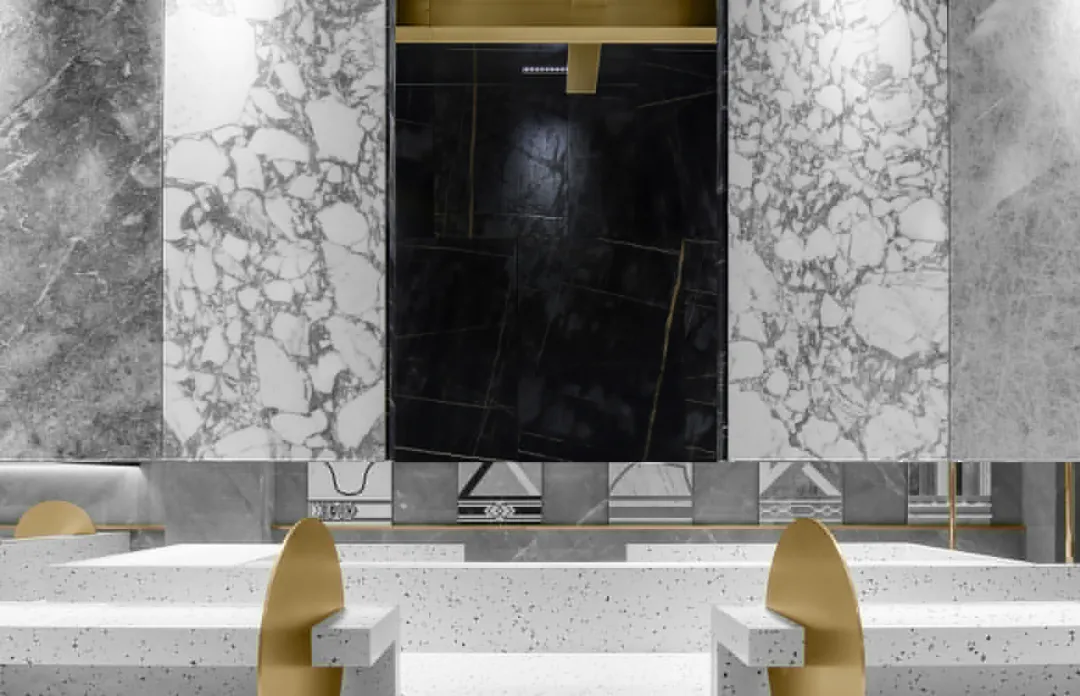
This is a more traditional method that uses simple, flexible and convenient tools that can be adapted to products of different shapes and sizes. It is worth noting that hand finishing relies on skilful techniques that allow the paint to penetrate the wood well, thus increasing the adhesion of the paint film to the surface.
However, the labour intensity and low productivity of hand finishing made it difficult to adapt this method to large-scale assembly line production. Thus, with the invention of the spray gun, a more uniform, efficient and high-quality air spraying process arrived.
Air spraying, is through the spray gun or disc atomiser, with the help of pressure or centrifugal force, compressed air will be dispersed into a uniform and fine droplets of paint, applied to the surface of the coating method.
Air spraying has high productivity and strong adaptability, and can spray various forms of products. Moreover, air spraying can produce uniform paint, the coating is fine and smooth, and the effect of the paint film is much higher than that of brush painting.
